Today’s guide will cover all of the social situations and events where wearing a tuxedo or indeed a full tailcoat ensemble is appropriate and correct.
History on Formal Dress Codes
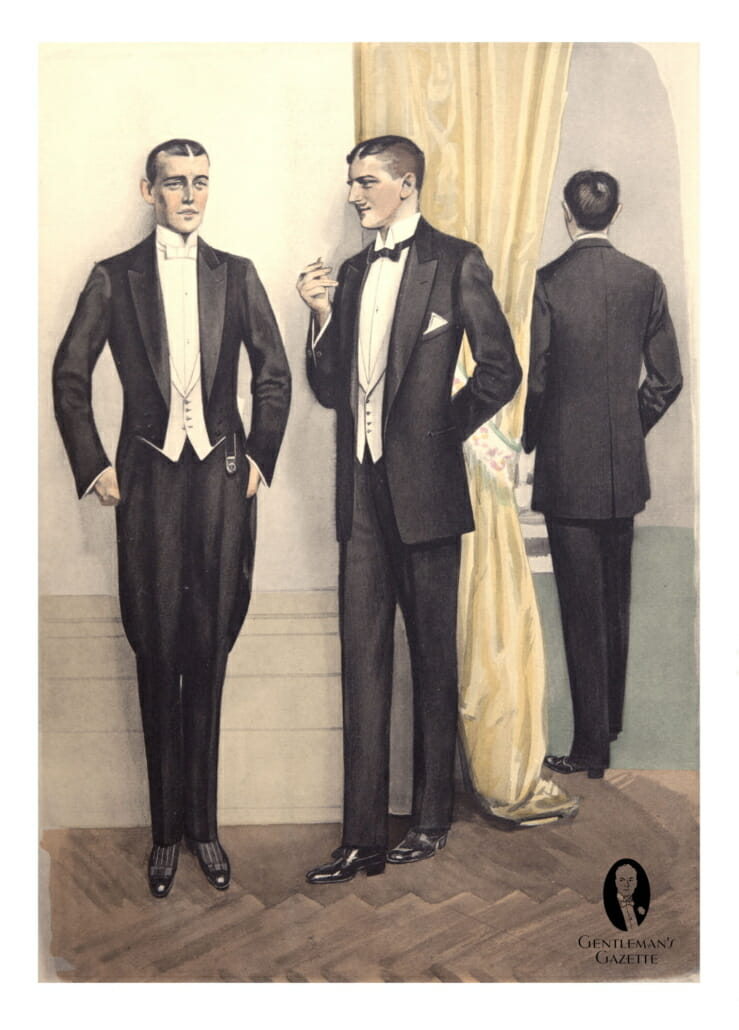
Black Tie and White Tie are the two categories of men’s formal evening wear traditionally designed to be worn in the evening, which is to say, after six o’clock or after sundown, whichever comes first. The original purpose of these outfits was to be special dress codes that left behind the dirt and grime of the day’s work that would accompany clothes worn during the day. In other words, they were really set aside to be unique.
After the invention of the automobile and other modern conveniences, of course, the strict segregation between day clothes and evening clothes fell away somewhat in terms of practicality but the distinctions remained purely in terms of aesthetics. In the Victorian era, white tie was expected to be worn at every evening function where women would be present and black tie was only appropriate for less formal stag affairs.
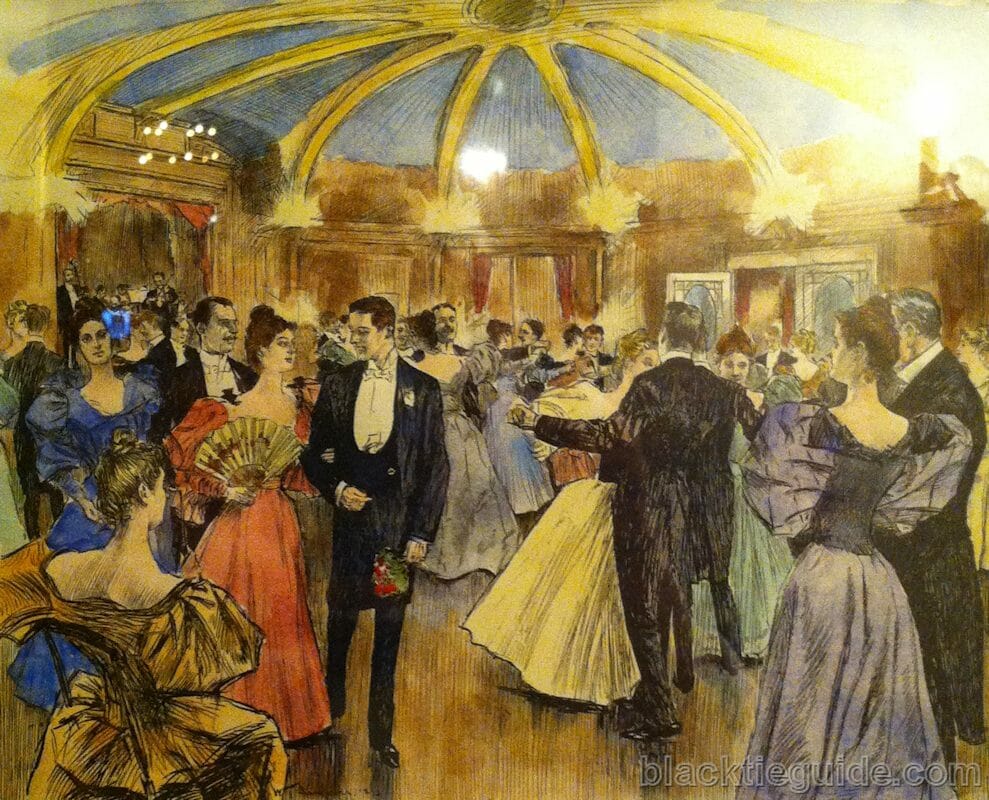
Between the world wars, the tuxedo largely supplanted the tailcoat as standard evening wear and the tailcoat then became relegated to extremely formal evening functions. After World War II, the business suit became acceptable for semi-formal and even some formal gatherings both night and day. This meant that all formal wear became increasingly limited to only the most formal of events.
Even today, it’s still commonly accepted that the tuxedo and the tailcoat shouldn’t be seen in broad daylight. Because this can be hard to avoid in some parts of the globe during the summer months, however, evening is alternatively defined as either sundown or 6:00 p.m., whichever comes first. Whatever the case, unless you happen to be a man who is working in the service or entertainment industries, the only acceptable scenario for being seen in a tuxedo or tailcoat in broad daylight is if you’re traveling to an event where these dress codes will be worn and you don’t also have a change of clothes. Also, there are a handful of state functions in Europe where tuxedos are worn in the daytime, although these are rare. In the United Kingdom, Western Europe, and Japan, the persistence of formal daywear as a viable dress code has meant that tuxedos and tailcoats are still not really seen until the evening, in most circumstances. In the US though, morning dress has all but disappeared and most Americans now commonly think of the tuxedo as being all-purpose formal wear. You don’t have to look any further than daytime weddings for this to be evident.
Today, most formal affairs where the hosts have chosen to institute Black Tie as the formal dress code will explicitly state as much on their invitations. A few occasions where evening wear is expected or even welcomed still do exist outside of this invitation paradigm, however, and they’re the ones we’re going to cover in today’s guide.
Public Events & Entertainment
Historically, opera has been considered the most prestigious of all of the performing arts and as such, men would dress accordingly when in attendance. While the days of mandatory tailcoats for attending the opera are long gone, it’s not out of the question, especially in major metropolitan cities to see some particularly well-dressed men attending the opera in Black Tie or even sometimes White. Premiere performances of the ballet, symphony, and theatre are also often Black Tie optional.
DEBUTANTE Balls / Proms
Private Black Tie events do remain relatively popular, however, these are often large dinner dances or other events given by corporations or fraternal organizations. And as the middle-class equivalent to the debutante ball, the prom will often feature a much more loose definition of what we would call formal dress. So while most might choose ensembles with loud colors and cheap fabrics, the young man who wears a properly styled tuxedo to his prom is going to stand head and shoulders above the others.
Quinceañera
The Quinceañera or celebration commemorating a Latin American girl’s rise to 15 years of age, essentially similar in format to a more American sweet 16 party, is often Black Tie Optional in nature, as well. Here’s a side note, formal evening wear is typically intended for adult occasions so tailcoats and tuxedos are discouraged to be worn by preteen boys. An exception here is weddings, though in these specific circumstances, really only the junior ushers should be wearing tuxedos that are the same as the other members of the wedding party. Here’s a simple way to think of this rule, if a boy is too young to be able to properly tie a bowtie himself, then he’s too young to wear one.
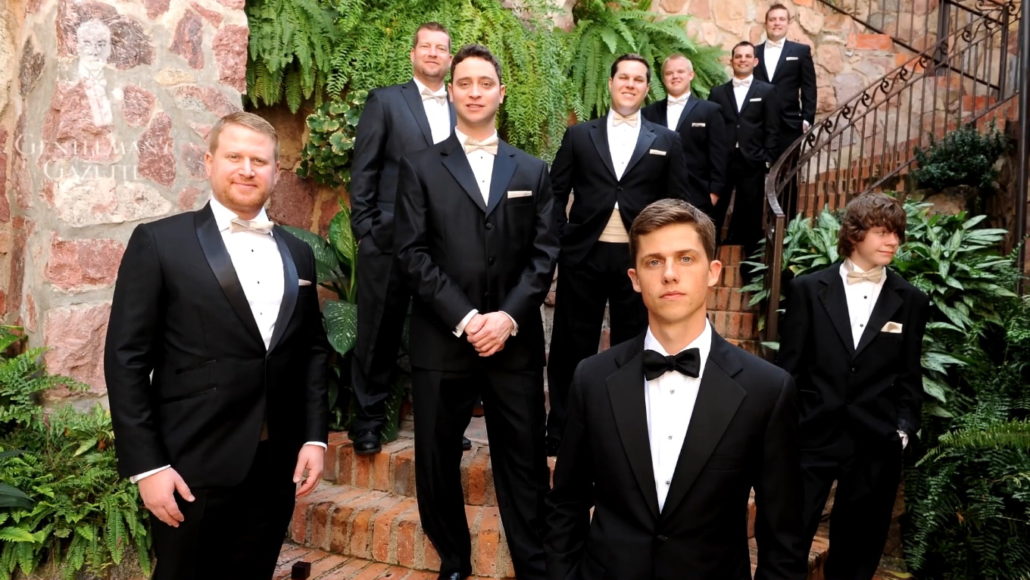
Weddings
On the topic of weddings,however, marriage ceremonies are still generally held to more formal standards than other events and a formal evening wedding is the grandest of all of these. If you’re invited to a wedding ceremony that begins after 6:00 p.m., usually with a reception to follow, a Black Tie dress code is going to be common, if not white. Such affairs are relatively rare though especially in the United Kingdom where weddings typically aren’t held in the evening, as a general rule. The most formal type of wedding ceremony that the average man is likely to attend is only going to require tuxedos of the groomsmen and usually just formally styled suits for every other man.
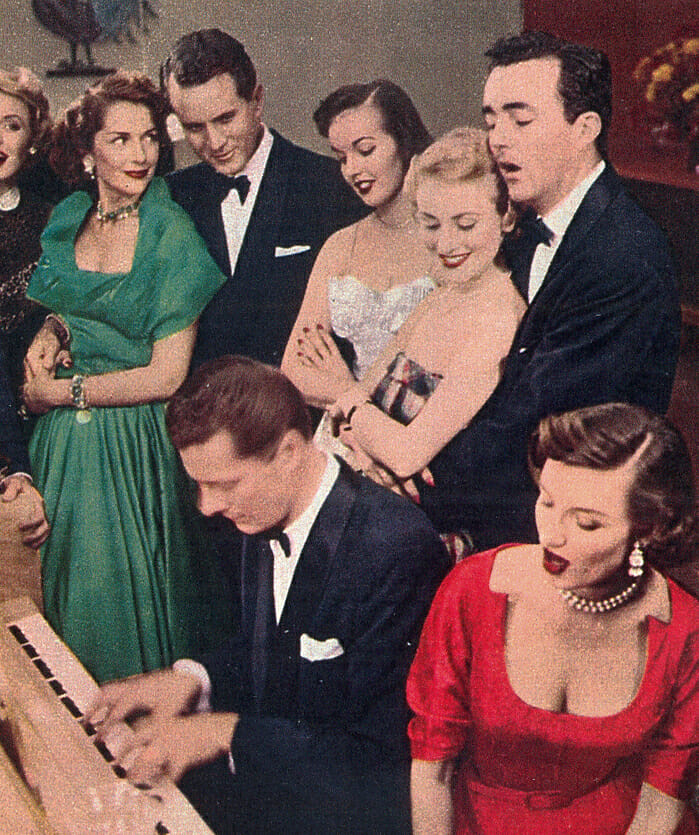
Ocean Cruises
Now let’s get into some more rare and unique situations starting with evenings at sea. Ocean cruises do often still provide a man an opportunity to wear a tuxedo. In fact, some cruise lines pride themselves on their attention to the details of formality even encouraging guests to dress up on the ship after 6 p.m. Some cruise lines will offer onboard formal wear rentals as well for those passengers who didn’t bring a formal ensemble. The number of formal nights on a cruise line can vary widely depending on the line and the itinerary, however, and for example, the first and last nights of a cruise generally, are never formal because on those nights, most of the luggage of the passengers is going to be packed away. Days in port are also similarly informal because they often wouldn’t provide passengers enough time to change before dinner.
Fraternal Organization Events
If a man belongs to a fraternal organization, he may have a few more opportunities than usual to wear formal wear as well. Prestigious universities such as Cambridge and Oxford and organizations like the Masons will often have their members don full dress for particularly special occasions. These groups may have their own specific versions of formal wear codes, however, which means that what the men are wearing is really more of a uniform than true formal wear.
Diplomatic Functions
Now, the average man probably won’t find himself being invited to too many diplomatic functions but just in case, here’s a brief overview. While White Tie gatherings remain a tradition in the royal courts of Europe, American presidents have only held two White Tie dinners since 1989.
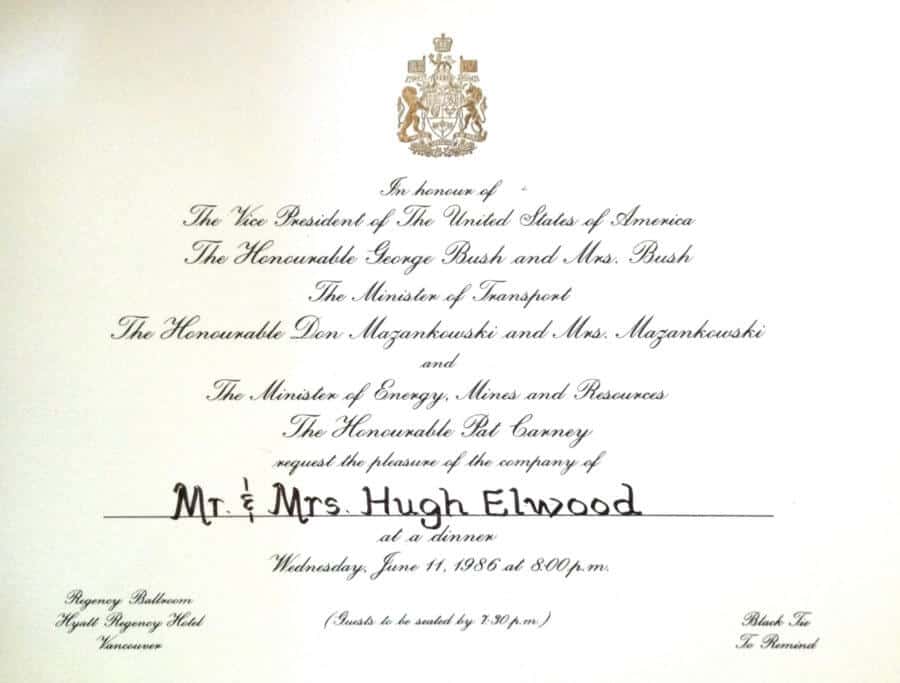
President George W Bush also did away with the custom of wearing White Tie to the reception for the Diplomatic Corps in 2001. More often than not then, White House functions today are typically Black Tie affairs.
What is the surest way to know when you should wear Black Tie or White Tie?
In simplest terms, just consult your invitation. Prior to World War II, it was considered a faux pas to explicitly state a dress code on an invitation because of the universal understandings of what clothing to wear when that we mentioned at the beginning of the video. Today, however, especially in the United States, so few parties are truly formal in nature that mindful hosts will be sure to include a dress code on the invitation. Even so, in recent decades, hosts have begun to needlessly complicate things a little bit with more ambiguous variations of the traditional dress codes. And if a dress code isn’t printed on an invitation and you’re still unsure, just talk to your hosts directly and ask them what they’d prefer, you’ll be glad you did!
So now that you know the occasions where wearing Black Tie and White Tie is appropriate and even preferred, you should be able to seek them out if you’d like and look your best while you’re there.
Choose the Right Level for Your Occasion
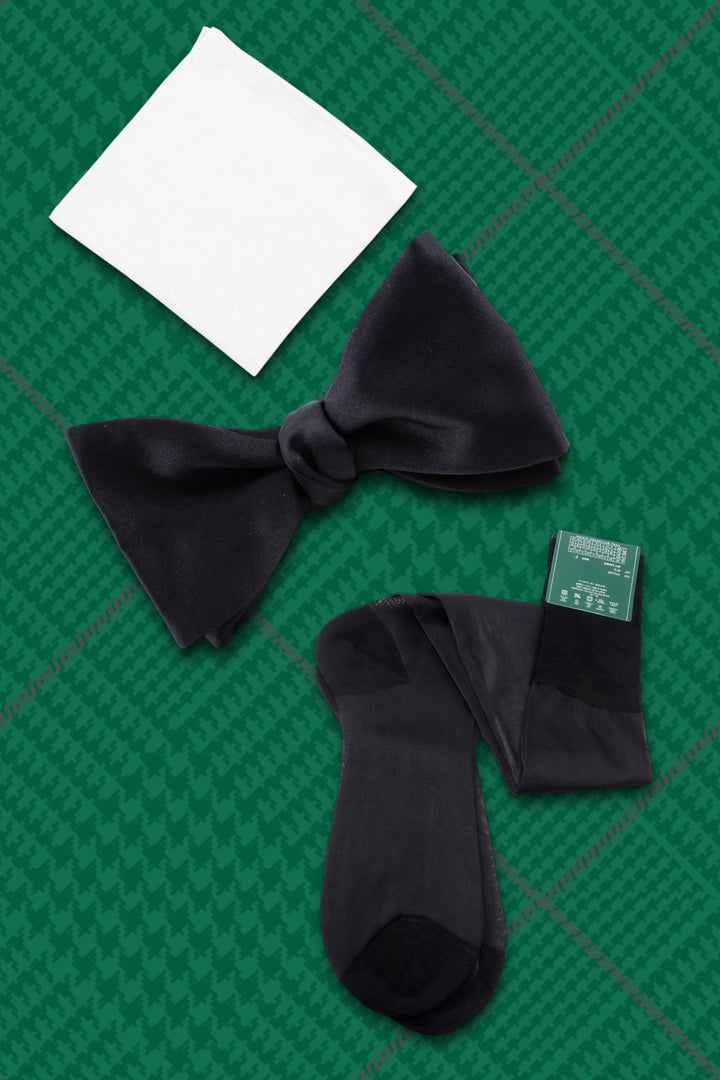
Perfect for Proms and Quinceañeras.
Minimalist Black Tie Bundle
The core essentials for a streamlined, contemporary look.
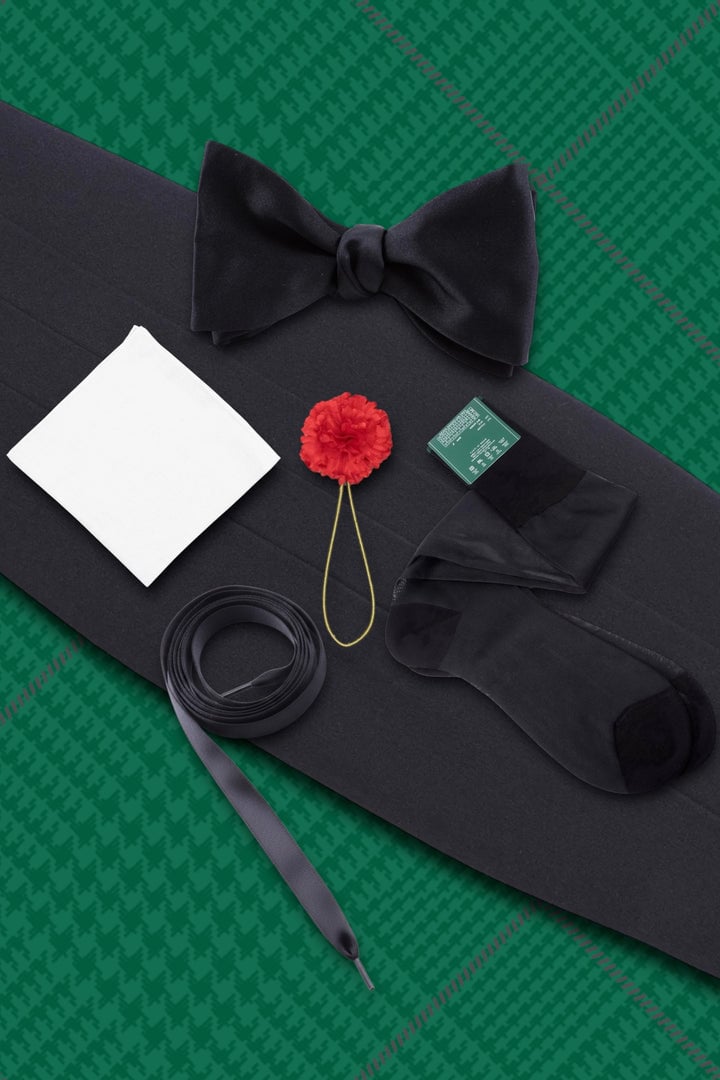
The standard for Weddings and Cruises.
Classic Black Tie Bundle
The complete, all-in-one set for a timeless formal look.
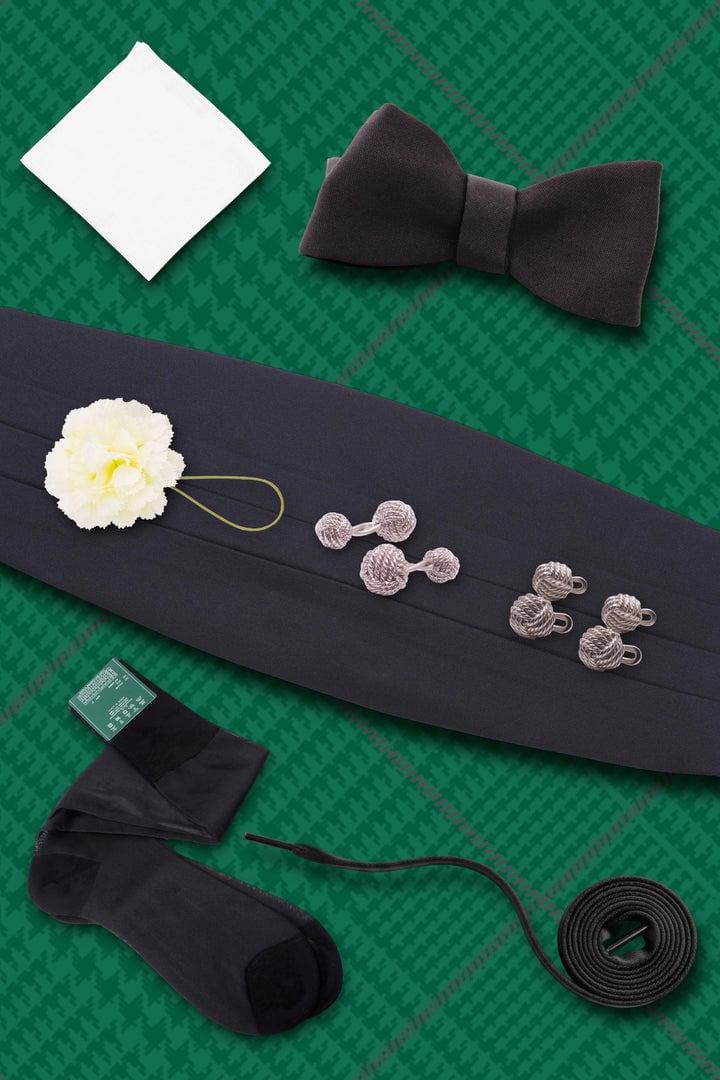
Essential for Galas, Operas, and Diplomatic events.
Luxury Black Tie Bundle
The ultimate set, including all silk accessories and fine jewelry.
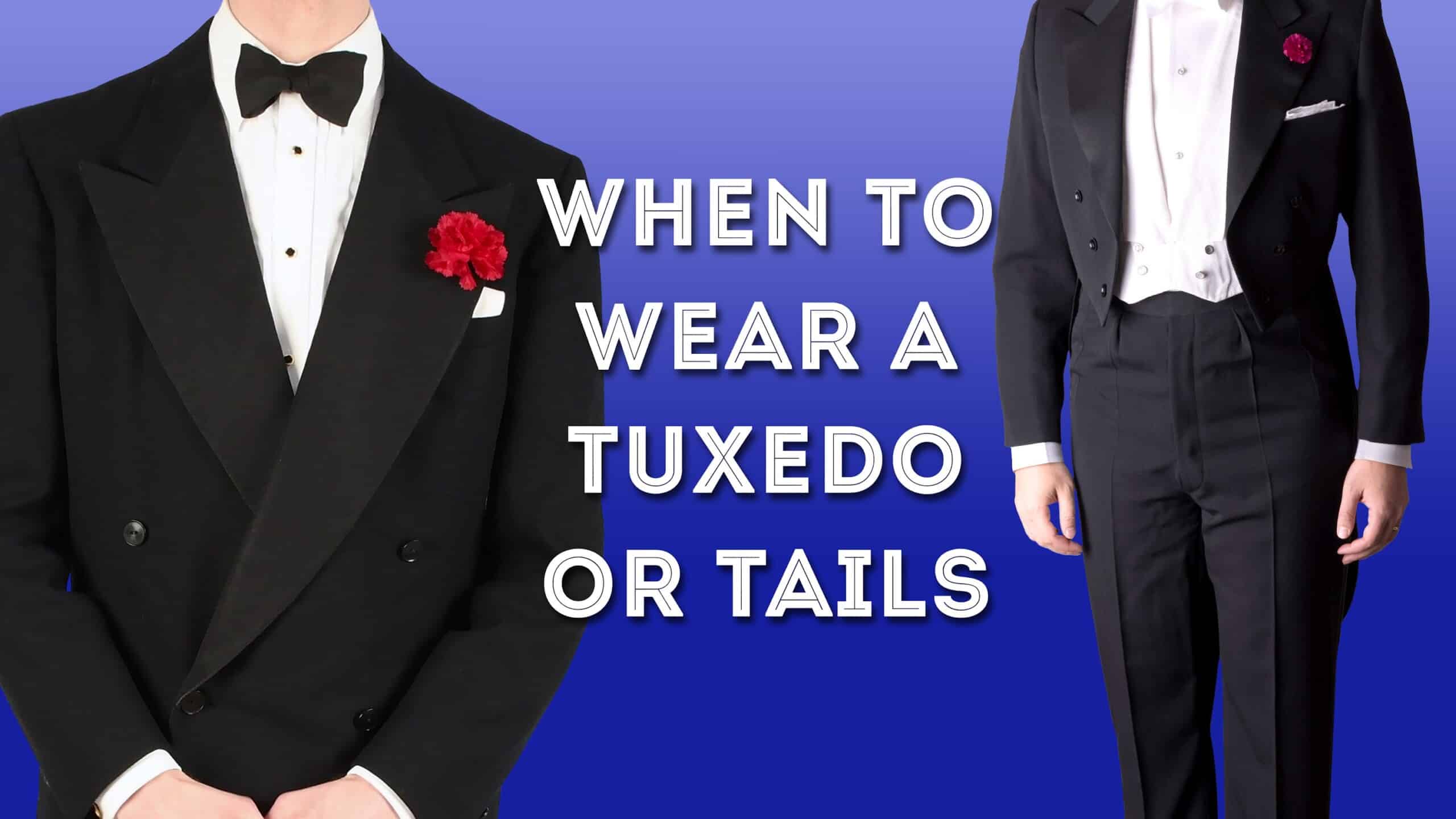

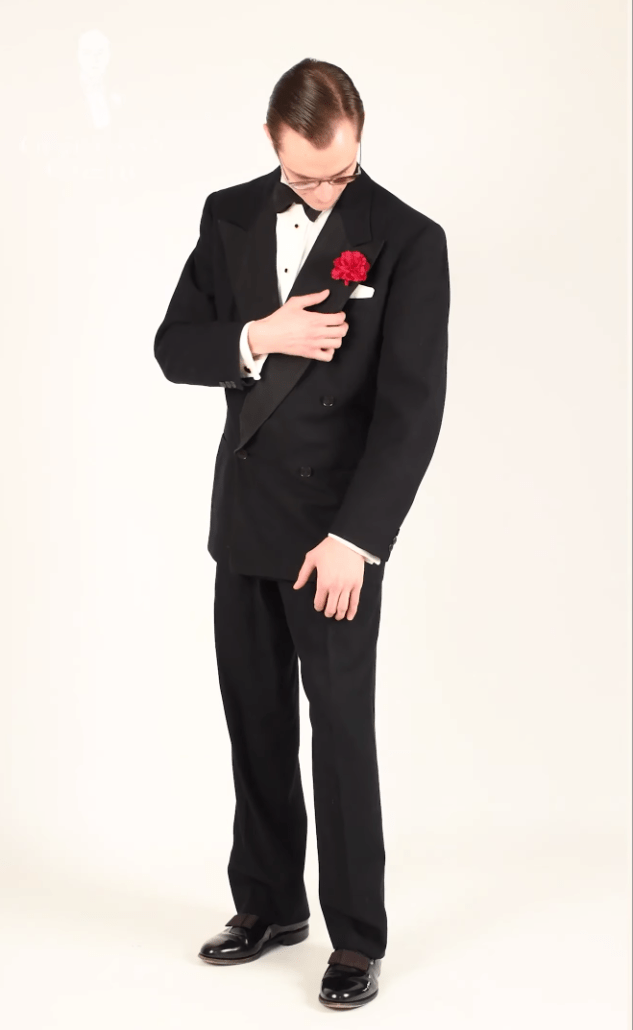
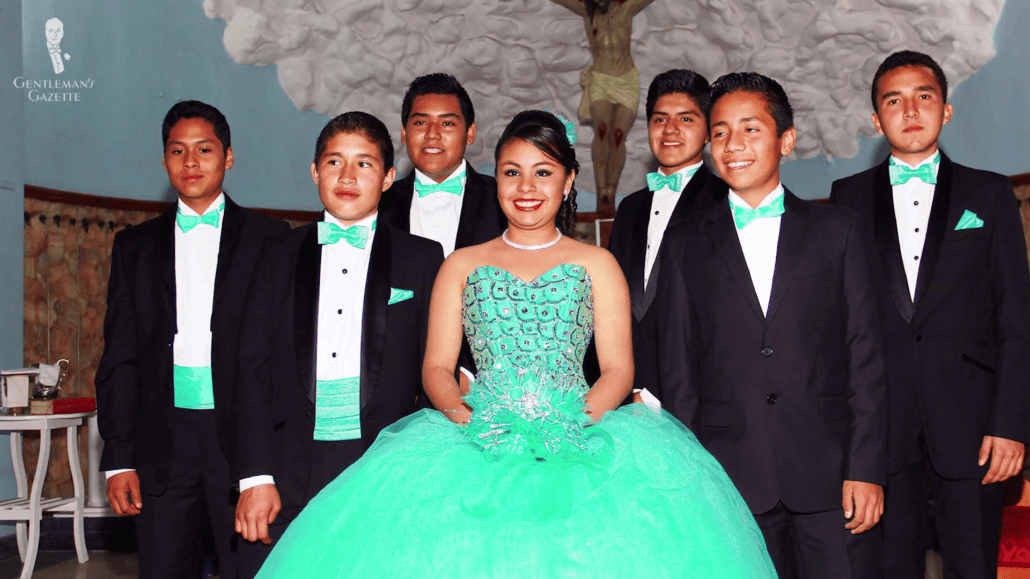
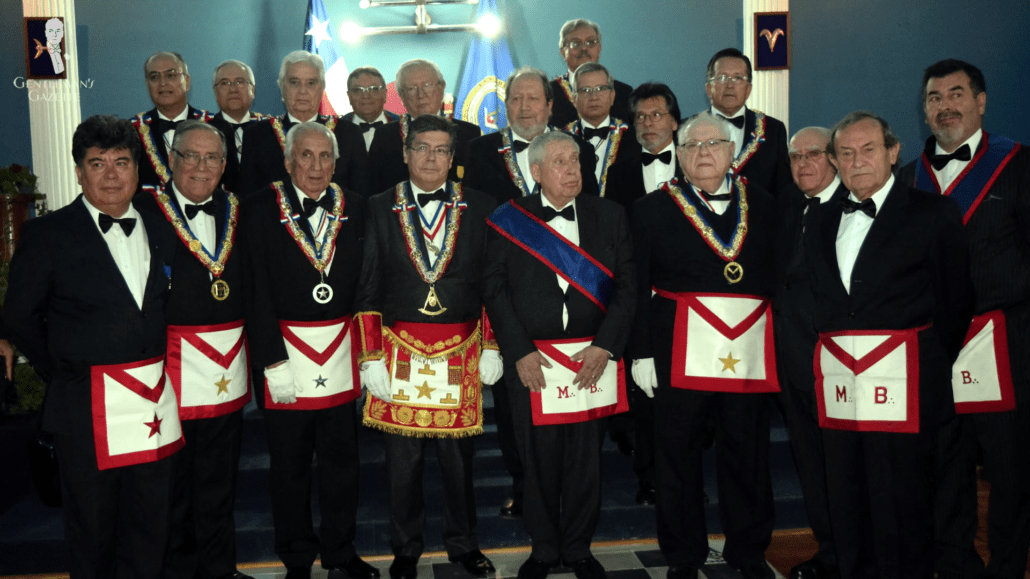
I feel that mature men should wear a vest with their tuxedo. Nothing looks worse than a big (white shirted) stomach sticking out of their tuxedo!
Can white tie or black tie be worn by choice — for example, to make a nice dinner with my wife seem more special?
I remember, on my own wedding, I worn a white tie, including a white silk scarf, white gloves, my father’s cufflinks (with our family colours), and my greatgrandfather pocket watch( both are now mine, by heritage) Since then, nobody in town has got married so properly. Saddly!
Talking about formal dress, you should nor forget the cut which is to be worn before 6:00 pm.
Best regards from Vienna
A couple of years ago, my wife and I hosted a Burns Night for my then 12 year-old daughter’s class–the school mascot was The Highlanders. It was black-tie optional, and although the students all enjoyed dressing up, one of the teachers and her fiancé arrived in Dungarees.
When I was a lad, which was not that long ago, there were tips to formality: The words “formal” or “dancing” in the lower corner of the invitation meant white-tie. Any engraved invitation for an event commencing after six meant white-tie as well. The words “semi-formal” for an after-six event meant black-tie, and no adult went to a dinner party, in to the City, or even to any but the very closest of friends or relatives homes in the evening without a jacket and tie.
It was simpler then: everyone always knew what to wear.
This is an insanely important blog. Tuxedos and tails are often confused by people. To be honest I myself didn’t have a clear idea about this, but once I visited Manning Company Bespoke Tailors in Hong Kong and they briefed me about how to carry tails! I have ordered so many Custom Shirts Hong Kong from them and they have never disappointed me. Manning Company indeed tops the list for 10 Best Custom Tailors in Hong Kong.
Can one ever wear a black bowtie with tails?